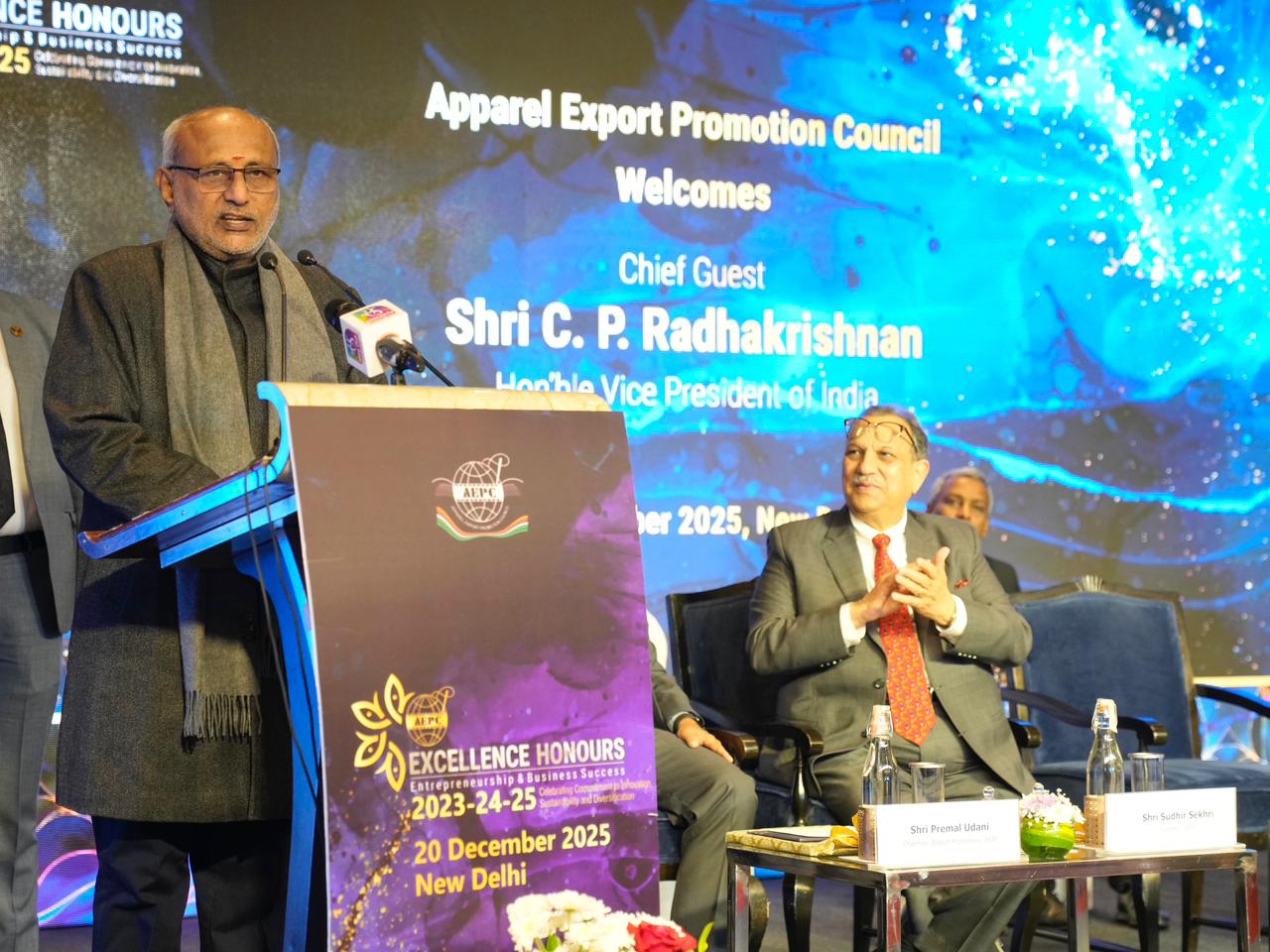Punjab and Maharashtra have asked cotton farmers to step up pesticide sprays to ward off potential harmful bug attacks. Despite plentiful rains in most parts of the country, monsoon has been patchy in some areas of Punjab and Maharashtra. Dry weather conditions encourage pest attacks like the plant-eating whitefly.
While Punjab is not a major producer of cotton, Maharashtra is the second-biggest grower of the fiber. Farmers in Vidarbha and Marathwada regions have been asked to be vigilant for the next eight to ten days, when the crop is vulnerable to pest infestations. Whitefly hit cotton crops in Punjab and neighboring Haryana in 2015, when India suffered back-to-back drought years for only the fourth time in over a century.
India grows cotton on 11 million to 12 million hectares and is likely to have harvested 33.63 million bales in the 2016/17 season that started on October 1, slightly down from 33.78 million bales a year earlier. Cotton output has jumped fourfold since India allowed the genetically modified variety in 2002, transforming the country into the world’s top producer and second largest exporter of the fiber. Monsanto's lab-grown seeds yield nearly all of the cotton produced in India.
Cotton in two states farmers warned of pests
- 1
- 2
- 3
- 4
- 5
- 6
- 7
- 8
- 9
- 10
The Global Trade Landscape- Sourcing Reset, Resilience, Revolution: Macro driver…
The Great Pull-Forward: A 2025 retrospective The global textile and apparel industry spent much of 2025 in a state of hyper-vigilance.... Read more
Amazon built a $79 bn apparel empire, now it must learn to be a brand
For over a decade, Amazon has reigned over American fashion with a formula built on convenience, scale, and aggressive pricing.... Read more
India’s T&A sector navigates a "Mixed Bag" first half in FY26
The Indian textile and apparel industry is currently weathering a period of complex recalibration. According to the latest Wazir Textile... Read more
Techtextil 2025: Mapping India’s transition to a global hub for value-added tech…
The conclusion of the 10th edition of Techtextil India in Mumbai marks a definitive transition for the country’s textile landscape,... Read more
China Wave returns to Pitti Uomo 109: Bridging the gap from global factory to de…
The landscape of international menswear is witnessing a structural shift as the ‘China Wave’ initiative returns to the 109th edition... Read more
The Second Life of 3D: Why this tech is more alive than ever in fashion
The fashion industry is no stranger to cycles of hype and disillusionment, and 3D technology has been no exception. At... Read more
VP Radhakrishnan urges modernization and FTAs as India’s apparel exports surge 1…
Highlighting the textile sector's role as India's second-largest employer, Vice President C. P. Radhakrishnan called for a strategic push toward... Read more
Indian Rupee’s Breach of 90: A double-edged equation reshaping India’s ‘Fiber-to…
The Indian rupee’s historic slide past the ₹90.43 per dollar mark in late 2025 has forced a fundamental recalibration across... Read more
Can cotton duty relief blunt US 50% tariff hit on Indian apparel?
The Confederation of Indian Textile Industry (CITI) has issued a high-stakes call to the government, asserting that the permanent removal... Read more
The Great Sourcing Shuffle: Why tariffs failed to bring manufacturing back to th…
When Washington set out to ‘reclaim manufacturing’ through punitive tariffs, it was envisioned as a patriotic reset one that would... Read more












